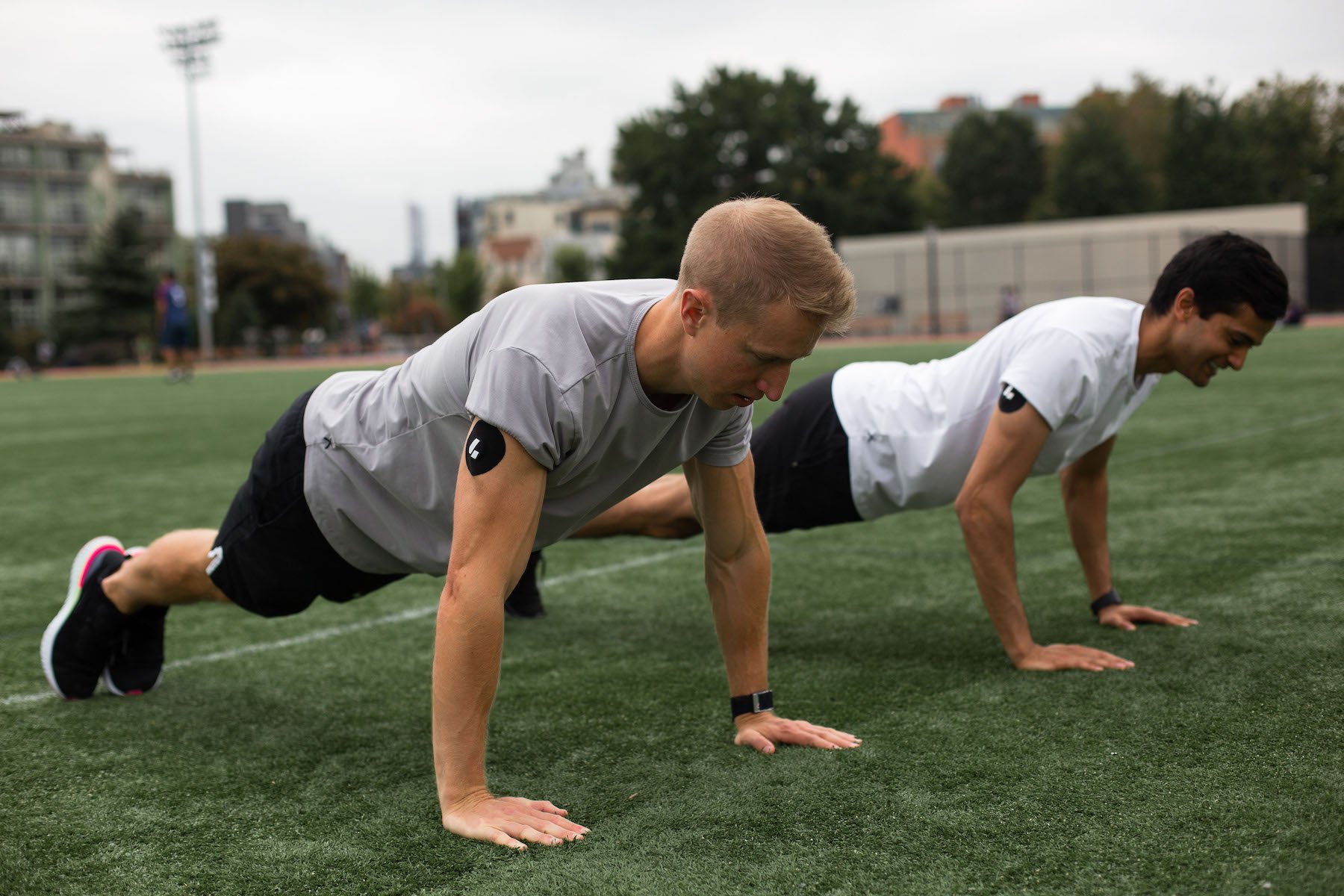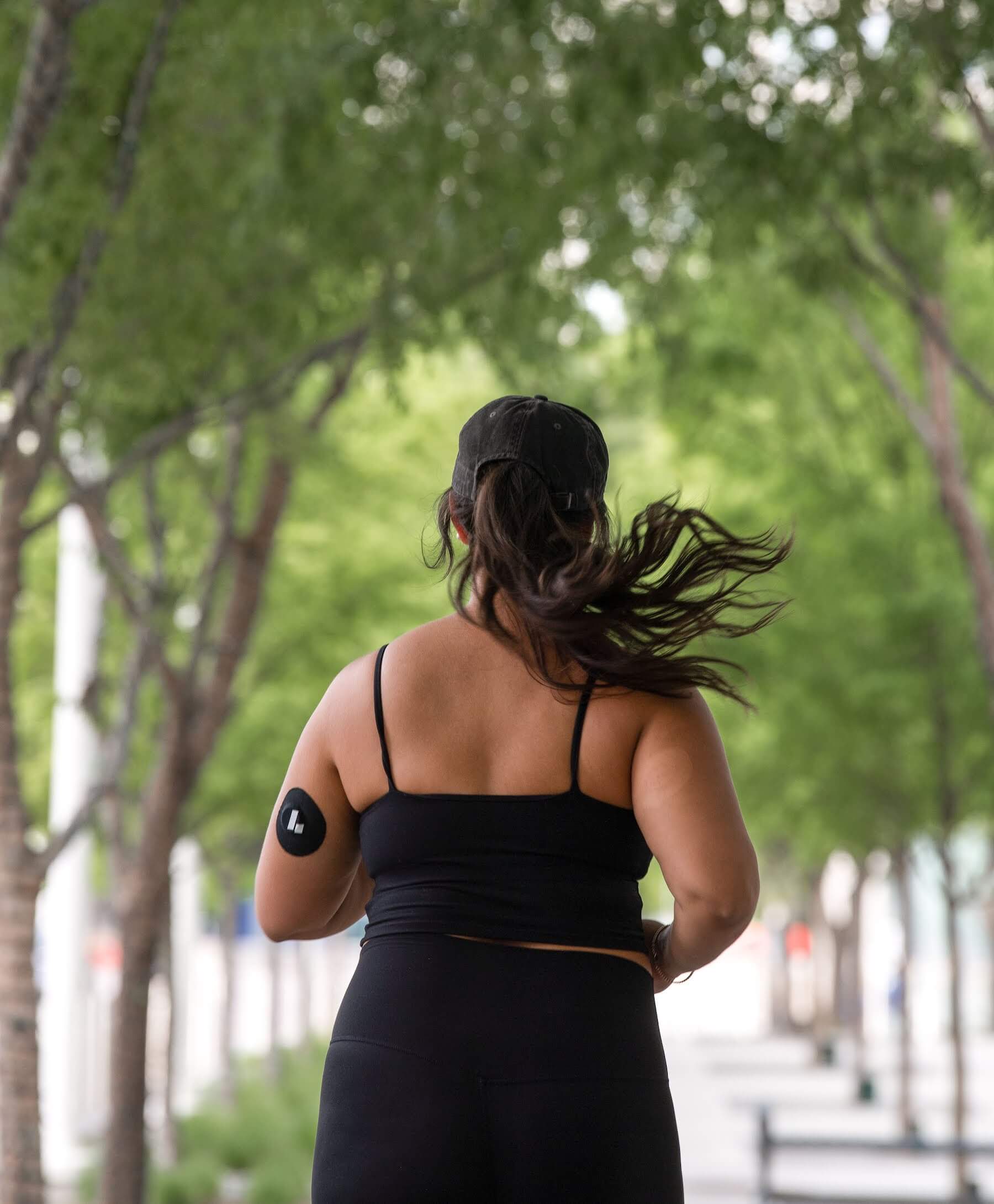The Study
Atlas of exercise metabolism reveals time-dependent signatures of metabolic homeostasis
Published: Cell Metabolism, February 2022
Where: University of California – Irvine, Irvine, CA
The Takeaway
This study looked at the effect of exercise timing on all detectable metabolites in several tissues in the body (in mice). It did not conclude whether you should work out in the morning or evening, but it did find that time of day matters. Tissues and metabolites behave differently depending on the time of day in a whole host of ways—such as different levels of metabolic coordination between tissues—and more metabolites change in response to evening exercise.
While this is one of those studies that doesn’t leave you with a specific action (not least because it’s in mice), it does lay the foundation for the kinds of studies that will. Future researchers can use this study as a map of where to look when they aim to answer questions like, “Is morning or evening exercise better for glucose control?” While this study does not provide any mechanistic links between exercise, time of day, and health outcomes, it provides plenty of data to generate hypotheses that can be tested by researchers that want to dig through the data.
What It Looked At
The researchers took a comprehensive look at the effects of exercise in mice at two main time points; ZT3 (early light/rest phase—roughly comparable to evening for humans, so we’ll refer to it this way throughout) and ZT15 (early dark/active phase—roughly comparable to human morning). After one hour of treadmill exercise or control conditions, they measured metabolites in blood, skeletal muscle, liver, heart, hypothalamus, two white adipose (fat) depots, and brown adipose tissue. Researchers also collected skeletal muscle and liver samples at four-hour increments after exercise to see if the timing of the exercise altered an entire circadian cycle of metabolism.
The researchers used several analytic methods to tease points from the data:
- Whether there were patterns of tissue-specific changes due to exercise timing.
- Whether specific groups of metabolites or metabolic pathways were altered by tissue or time.
- If these metabolite changes correlated between different tissues and within the same tissue.
The researchers also analyzed the response of exerkines—metabolites secreted from tissues during exercise—to find the relative number of metabolites being released or taken up from the liver or muscle. In particular, they focused on a metabolite, 2-hydroxybutyrate (2-HB) (not to be confused with the ketone beta-hydroxybutyrate).
Why It Matters
It would be great for anyone who exercises to know if the benefits or quality of exercise vary depending on when you perform it. Given the circadian fluctuations in metabolites, hormones, temperature, and other physiological measures, it seems likely that there might be a “best time” to exercise, depending on your exercise goals. For instance, exercise for metabolic health might be best done in the morning (fasted condition), while exercise for performance would be better undertaken in the afternoon (fed condition).
Some studies suggest this is indeed the case, but the mechanism and specific metabolic changes are not well understood. This study aims to help us understand the metabolic changes without specifically answering the timing question. An analogy is that this study is like figuring out all of the different Lego pieces (metabolites) that you have in separate boxes (morning/fasted and evening/fed). Future studies will then create different instructions for how the Lego blocks can be assembled into different structures (health outcomes). Some structures might require the pieces from box one (morning/fasted exercise), and others might need the pieces in box two (evening/fed exercise). We could all use quality instructions where our metabolic health and exercise is concerned.
What It Found
Both time and exercise alter 100s of metabolites. The range of metabolites detected in the various tissues was from 596 in the hypothalamus to 894 in the blood. Each tissue responded uniquely to exercise at each time point. For instance, in response to exercise, the hypothalamus had 17 metabolites change in the evening and 33 in the morning, whereas in the blood, 61 metabolites changed in the evening and 195 in the morning. Exercise altered more metabolites in the morning than evening in all tissues.
Metabolic pathways differ by exercise timing. The timing of exercise was associated with different energy sources in different tissues, suggesting coordination across tissues for fuel depending on the time of day. Examples included glucose metabolism in the liver and muscle and lipid metabolism in the liver and adipose tissue, which are more prevalent in one tissue versus the other depending on when exercise was performed.
Coordination of metabolism between tissues by exercise. Researchers found that exercise promoted similar trends in many metabolites between the serum, heart, liver, and skeletal muscle, especially impacting lipid and amino acid metabolites. They were the most correlated between tissues. Morning exercise increased the correlation of metabolites between the liver and skeletal muscle to a greater degree than evening exercise, suggesting more tightly coordinated metabolism—which the authors suggest indicates more efficient fuel use.
Remaining Questions
Despite its scope, a few important limitations present several remaining questions. The big one is whether similar findings would occur in humans, given that mice are nocturnal and have different metabolism (they rely more on their liver than we do). While samples from the heart, brain, and liver of humans are not possible, some studies look at how exercise alters the metabolome of accessible tissues (serum, plasma, muscle) and how the circadian rhythm alters the metabolome, but we cannot say the same for the combination of the exercise and circadian rhythm.
A second limitation is that the mice performed only aerobic exercise. Resistance exercise also improves health and is likely to cause a different metabolome response. Indeed, other researchers conducted a study in humans comparing how resistance versus aerobic exercise altered the plasma metabolome.
Third, the researchers inferred that metabolite changes in one tissue are related to the changes in metabolites in the serum or another tissue due to metabolites traveling from one tissue to another. However, the way the study was performed, it is impossible to definitively say a given metabolite moved from one tissue to another. The use of metabolite tracers could definitively show such tissue to tissue movement, and, encouragingly, others have used this technique to show tissue to tissue movement of metabolites in response to a ketogenic diet. Applying a similar approach to circadian and exercise studies would be fascinating.
Lastly, the use of metabolomics is limited by the inability to identify all the metabolites measured. Untargeted metabolomics always detects “unknown” metabolites which don’t align with a specific signal. Improvements in identifying metabolites detected would contribute massively to our understanding of metabolism.
Conclusion
The time of day when exercise is performed is likely to dramatically affect human metabolism and the entire metabolome. This study can’t tell us when we should exercise, but it doesn’t do anything to refute the tried and true advice that exercise is a powerful physiological stimulus and plenty of other evidence supports its positive role in health. It’s less important whether you are a morning exerciser or an evening exerciser and more vital that you exercise.








